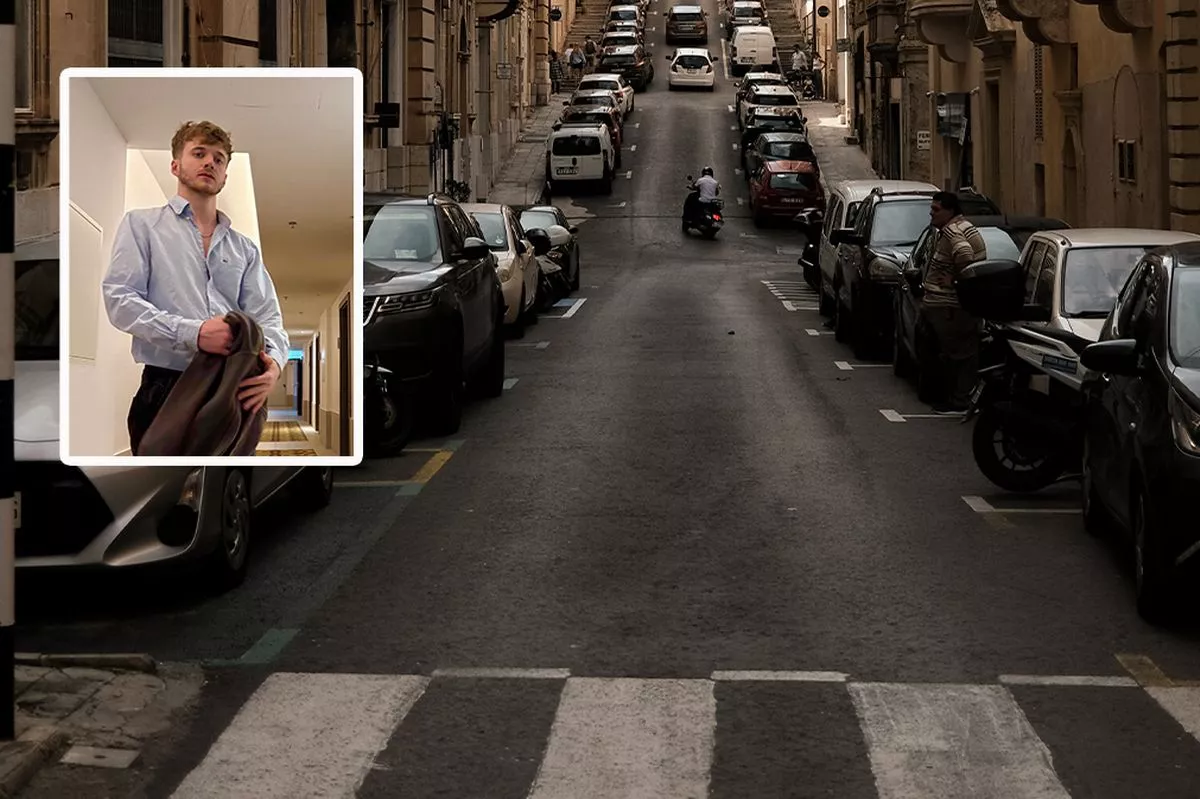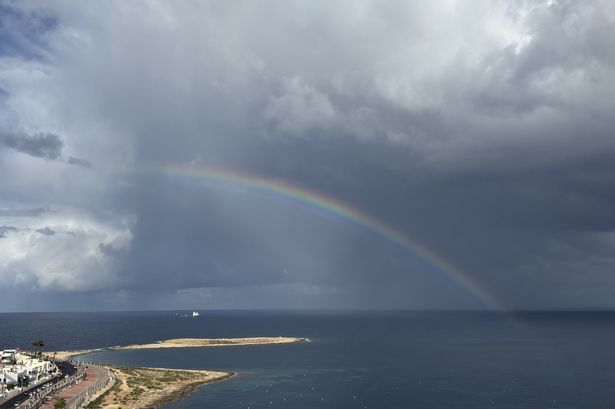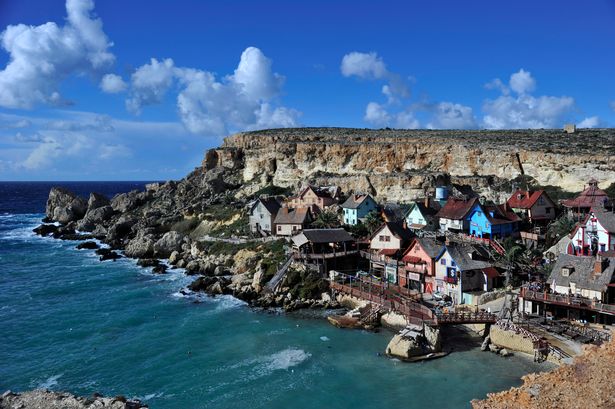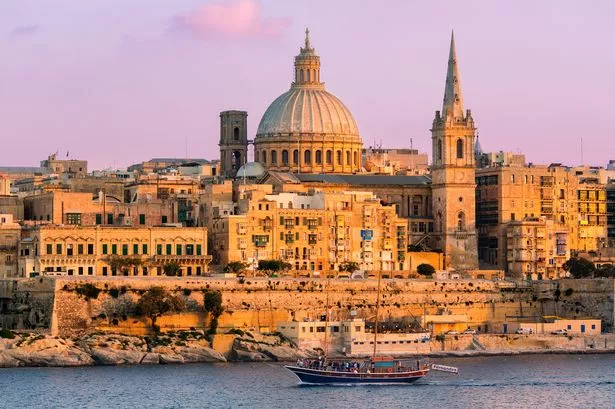Malta was a British colony from 1814 to 1964. Sam Teesdale went to check out a small island state has kept itself closely aligned to the UK since its independence
Malta is a country with long and proud ties to the UK. A British colony from 1814 to 1964, the small island state has kept itself closely aligned to the UK since its independence. There are many similarities, socially, politically, and physically, between the UK and Malta, and it’s no wonder so many Brits take their holidays there.
Easyjet crowned Malta as 2025’s most coveted alternate holiday destination, and with flights from the UK at just £20 and a flight time of just over three hours, it’s no wonder it ranks so highly. So what similarities and home comforts can Brits find on the tiny island nation?
Driving on the left
In the cab from the airport, I was surprised to see cars with the steering wheel on the right-hand side of the car. Maltese roads are driven on the left, just like the UK, which will help make any nervous British drivers feel a lot more at ease.
Many of the roads are narrow and crowded. Maltese drivers are not particularly known for their politeness on the roads, unlike British drivers, so the familiarity certainly helps. They tend to drive in a more Mediterranean/ island style, so quick thinking and adaptable driving skills are needed when navigating busy roads.
Zebra and Pelican crossings
I also noticed that Malta has the same zebra crossings as we have in the UK, featuring black and white stripes, a designated crossing area, and flashing yellow Belisha beacons that sit atop poles. It was also interesting to see that Pelican crossings in Malta have the same text and push/wait buttons as those in the UK.
UK brands
I was also struck by the abundance of British brands on the island, such as Marks and Spencer, Costa Coffee, Iceland and Spar. It was a humbling sight to see frozen Greggs Steak Bakes in the local Iceland, but it quickly made me feel right at home from the get-go.
Plug sockets
All plug sockets in the hotel I stayed at, the Ax Odycy, were those of the famously three-pronged sockets that we have in the UK. This was a welcome change, as gone was the need to shell out on an overpriced EU adapter in duty-free.
So, British travellers will be relieved to know that each of their plugs is completely compatible with Maltese power sockets.
Legal and educational system
Malta has a parliamentary system similar to Britain, and the Maltese educational system features a two-year sixth form and A-levels, in preparation for university.
The language
English is one of the two official languages, with Maltese being the other. It’s a common sight to spy street signs and information presented in both English and Maltese – a helpful tool for any lost tourists trying to find their way back to their villa.







